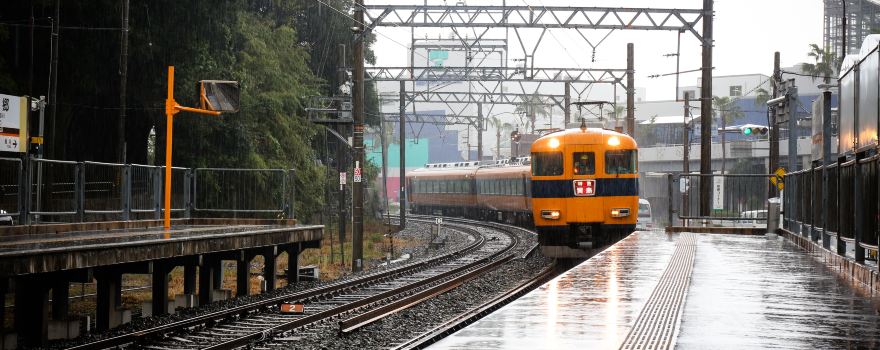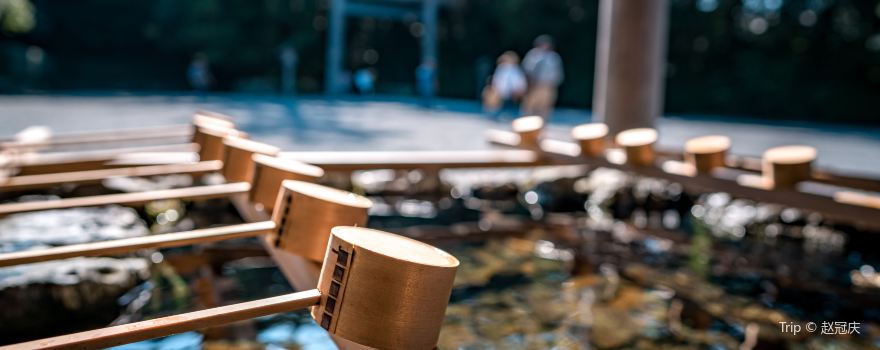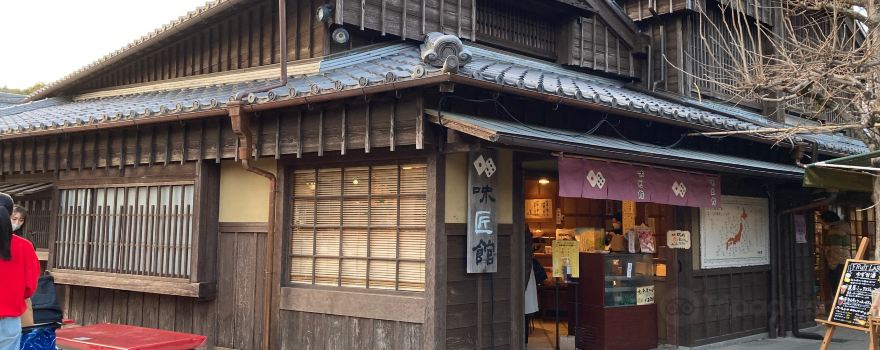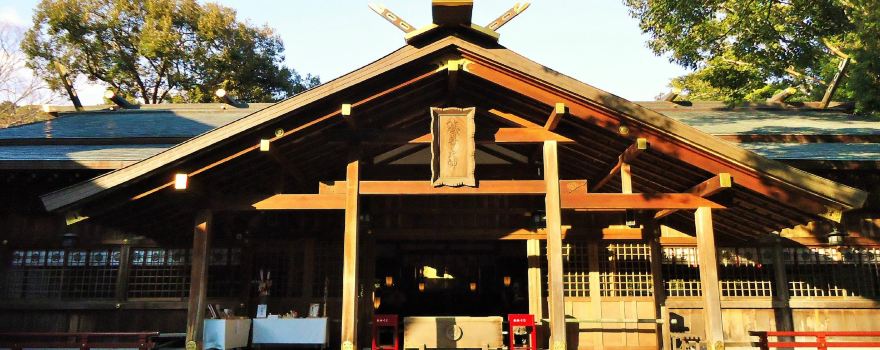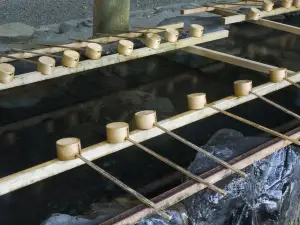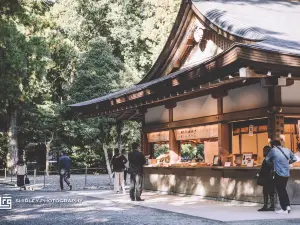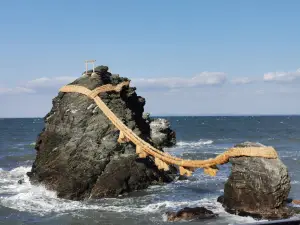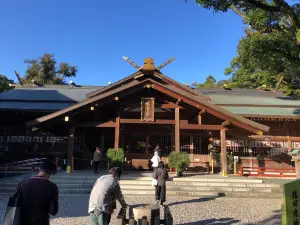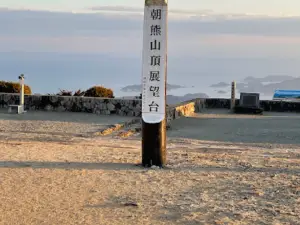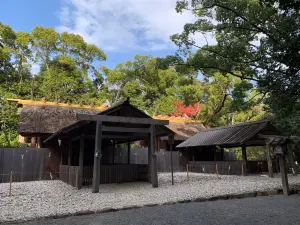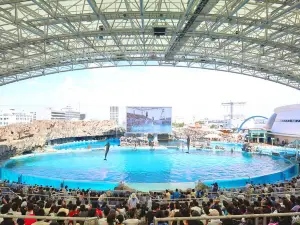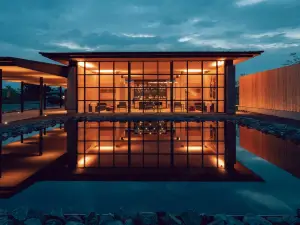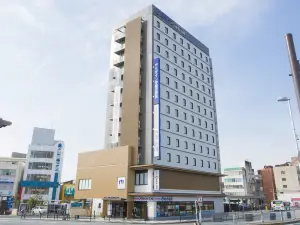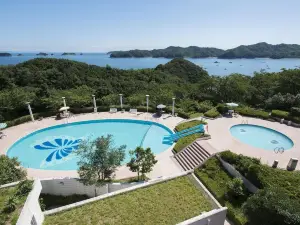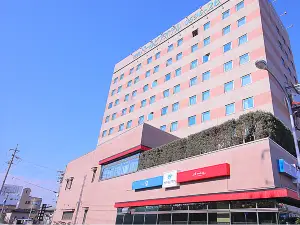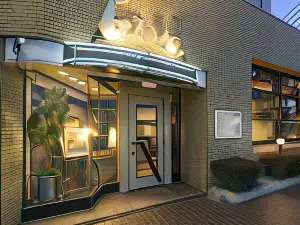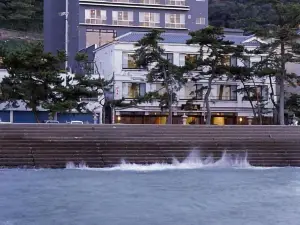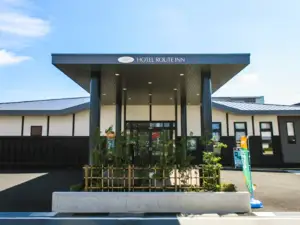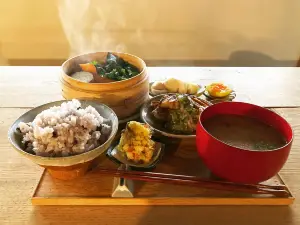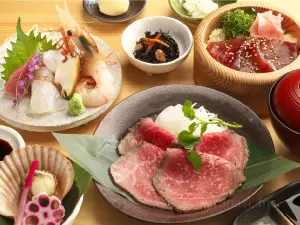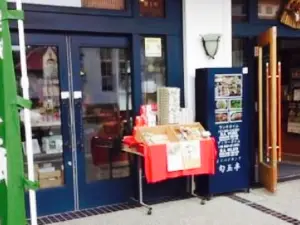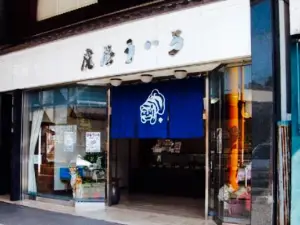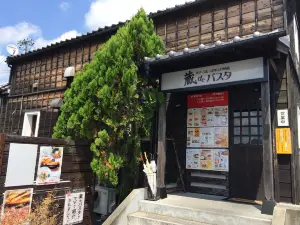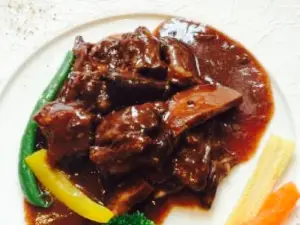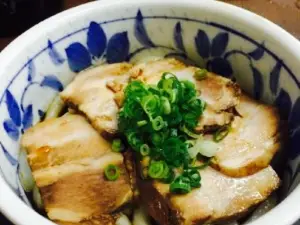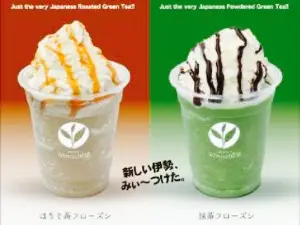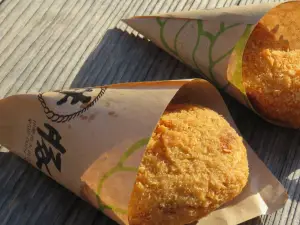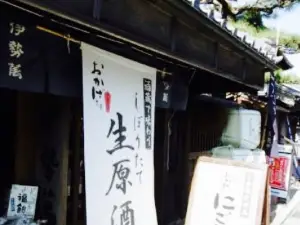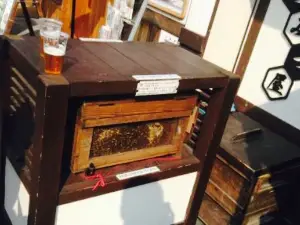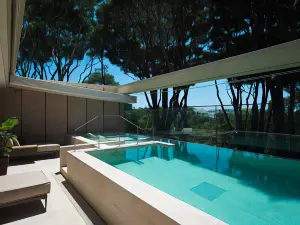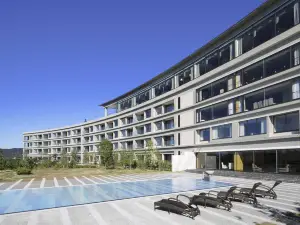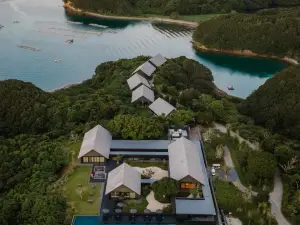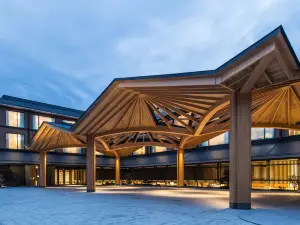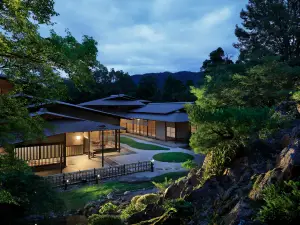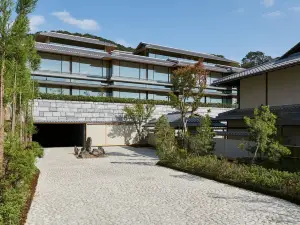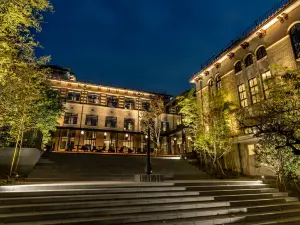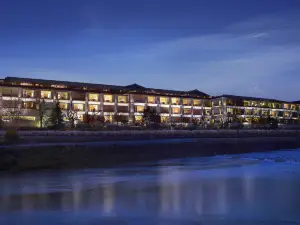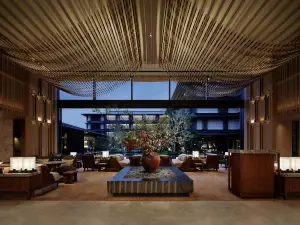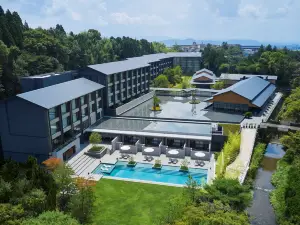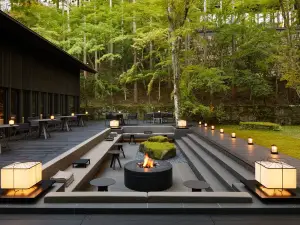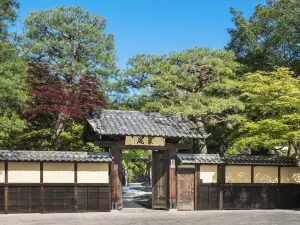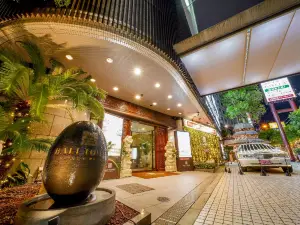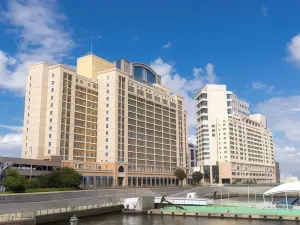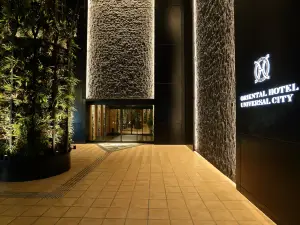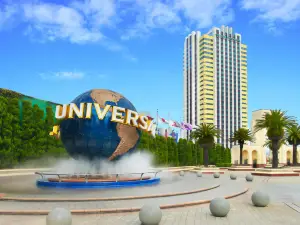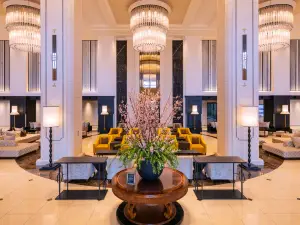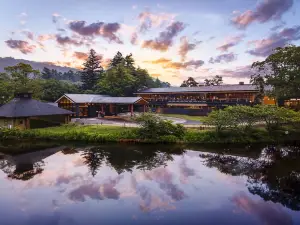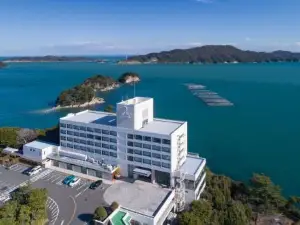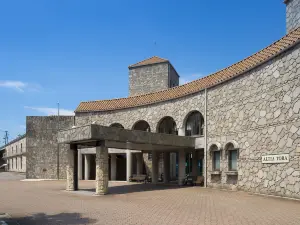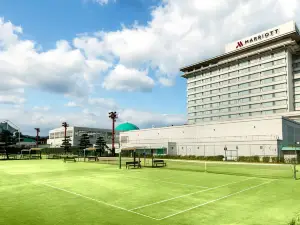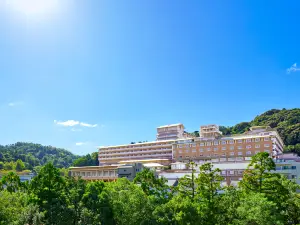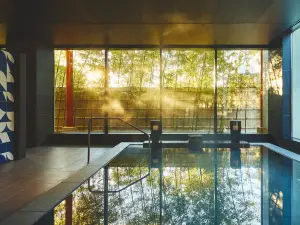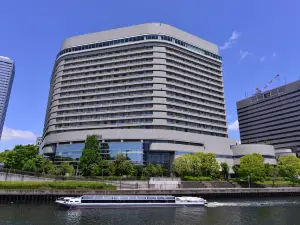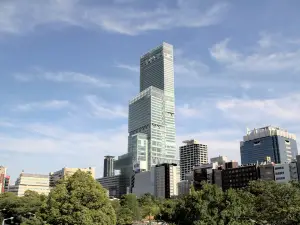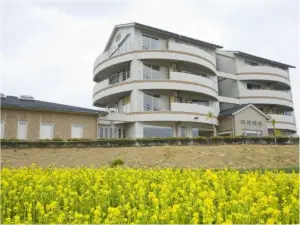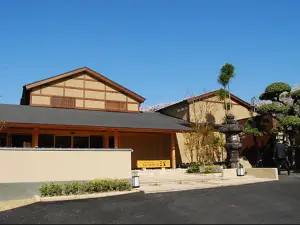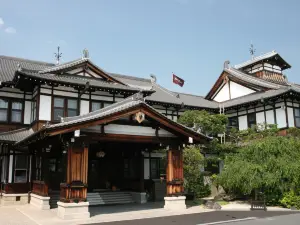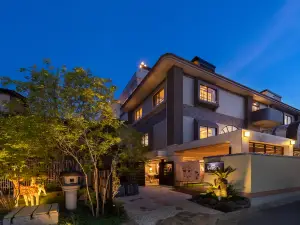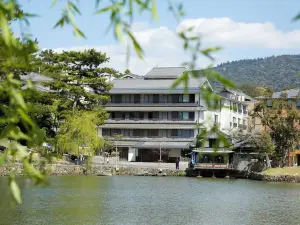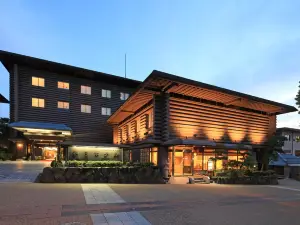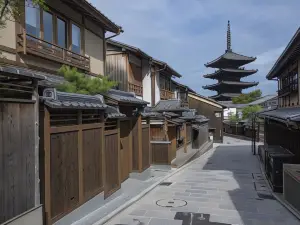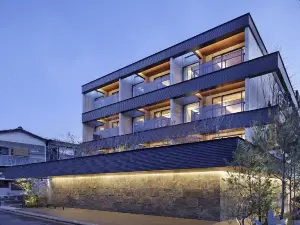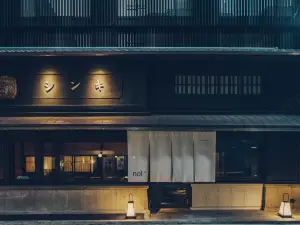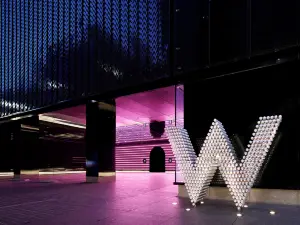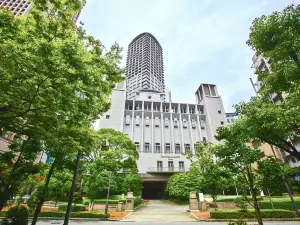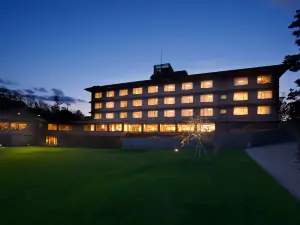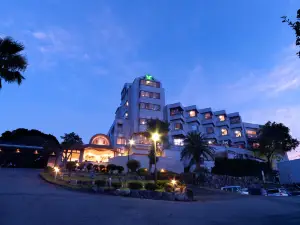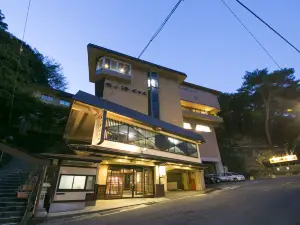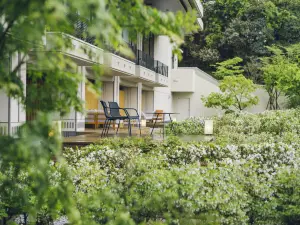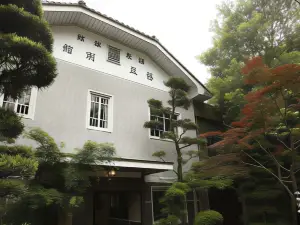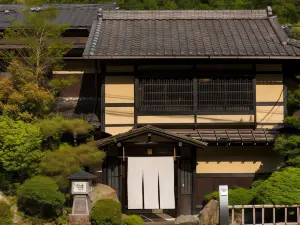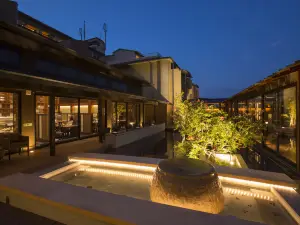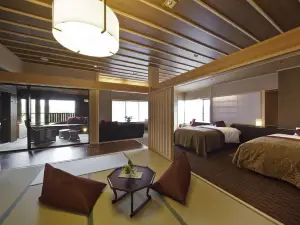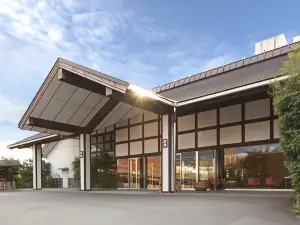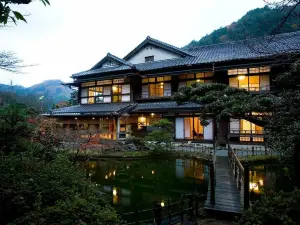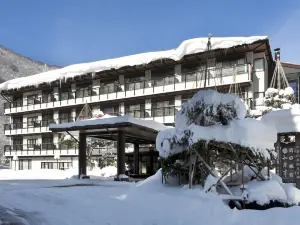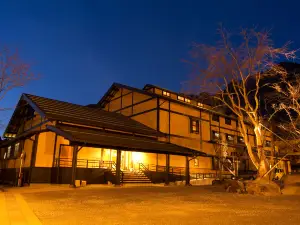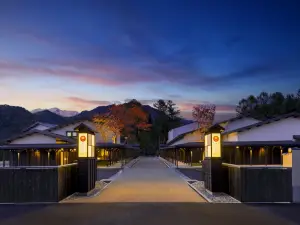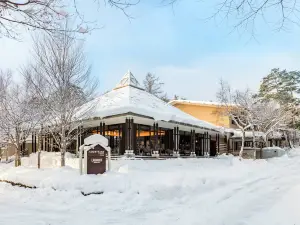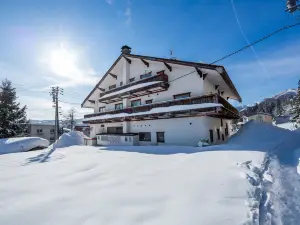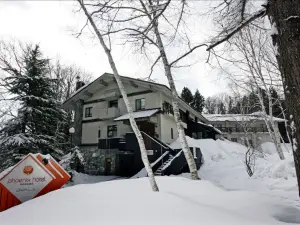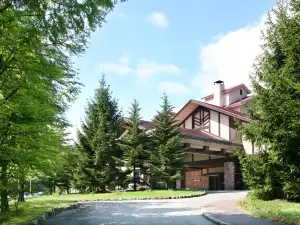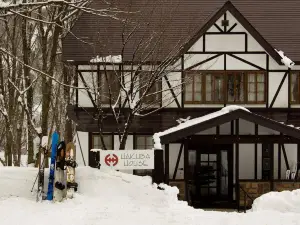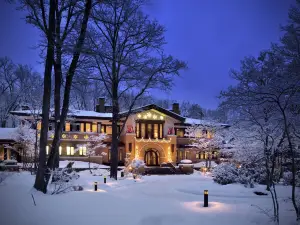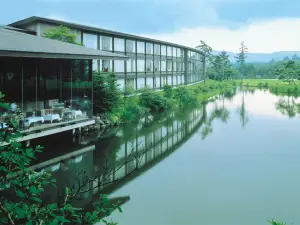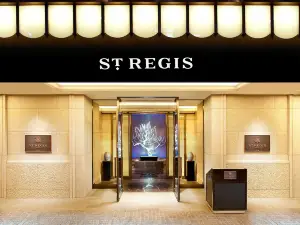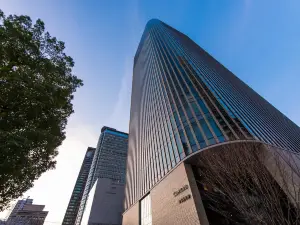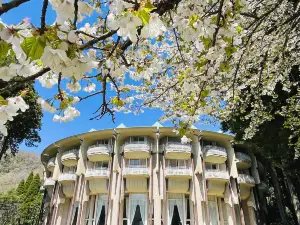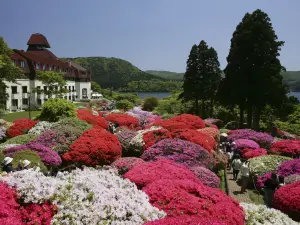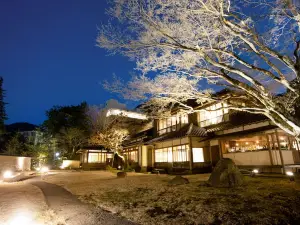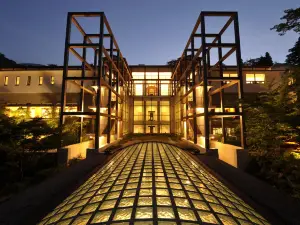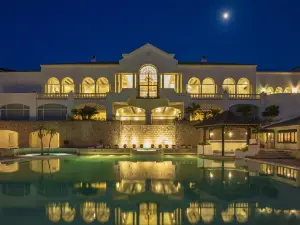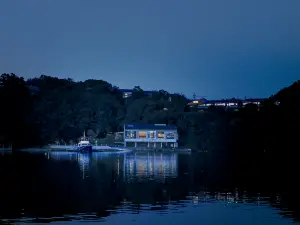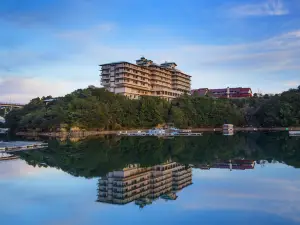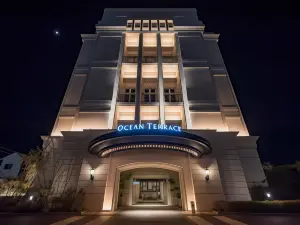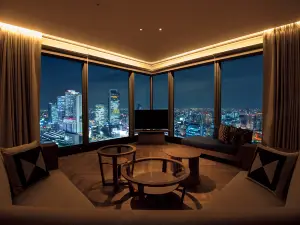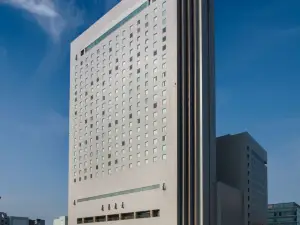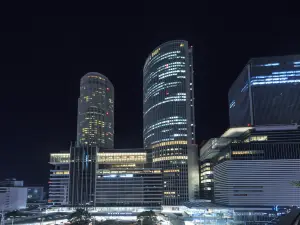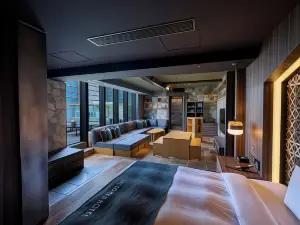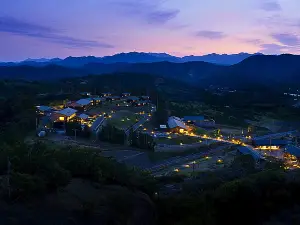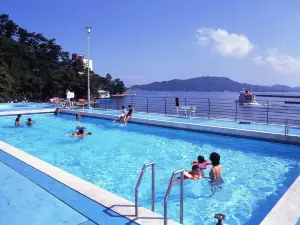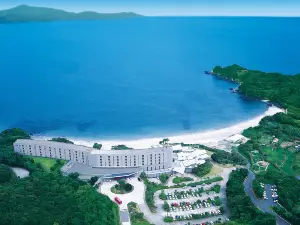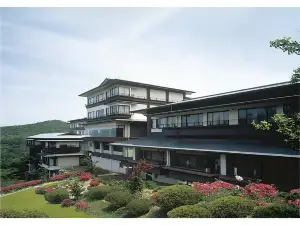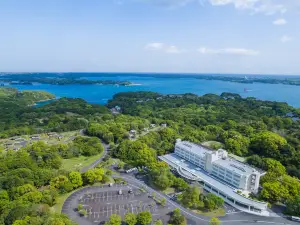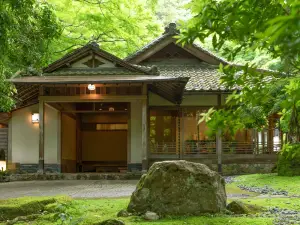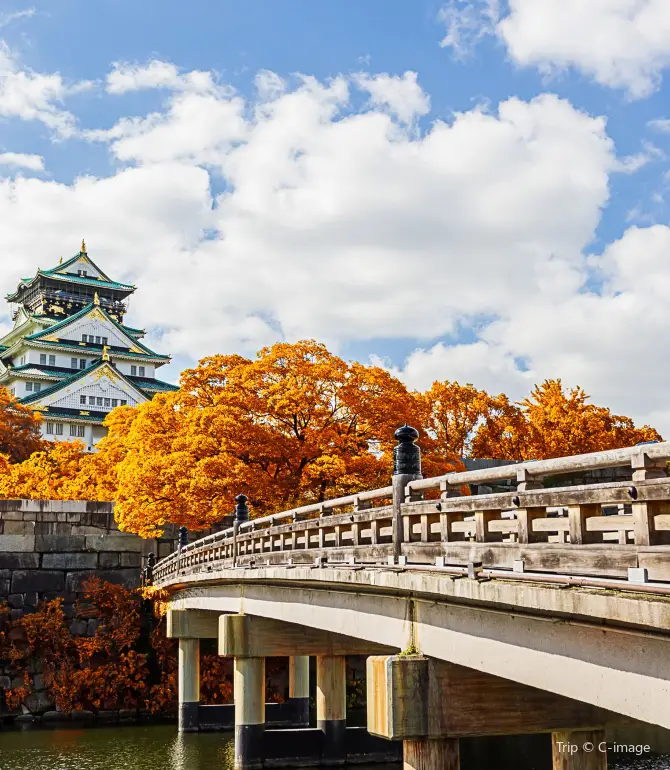Photos
Ise
View Local Experiences on Map
Ise Travel Guide
Ise is a city in Mie Prefecture, Japan. It has many popular attractions, including Ise Grand Shrine, Okage Yokocho Ancient Street, Toyouke Daijingu (Ise Jingu Geku, Outer Shrine), perfect for a trip!
Show Less
Ise Travel Guide
Destination Overview
Destination Introduction
Ise is a city in Mie Prefecture, Japan. It has many popular attractions, including Ise Grand Shrine, Okage Yokocho Ancient Street, Toyouke Daijingu (Ise Jingu Geku, Outer Shrine), perfect for a trip!
Show Less
Experience Ise
What to Do
Looking for things to do in Ise? We provide up-to-date info on everything from must-see scenic spots to local hangouts.
View More
Where to Stay
Discover the most popular places to stay in Ise, complete with recommendations from fellow travelers and special hotel offers
View More
What to Eat
Want to eat like a local? Don't miss out on these top Ise dishes and foodie spots.
View More
Honey House Matsujironoho Iseoharaimachi
This user hasn't left any comments yet
Avg. AUD5/person
"Coffee Shop"
Discover the Real Ise With a Local Expert
Post
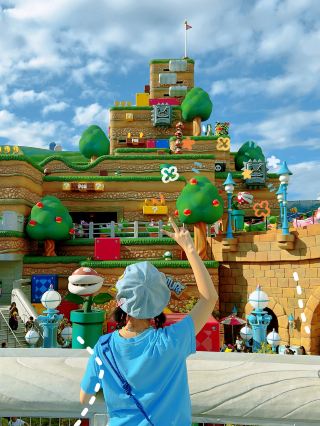
11-day tour around the Kii Peninsula in Kansai, Japan
BROOKLYN WALLACE
1

Osaka Surrounding Tours Don't just know about Nara, find out where the locals in Japan go for fun
S0undw@lk3r_0bscur3

Explore the spiritual homeland of the Japanese on a pilgrimage to the ancient Kumano Kodo in Kansai
Angelo Ullrich
2

2023travelwish
Amazing Udon and Shrine
Japventure
3
View More
More Ways to Enjoy Ise
Popular Types of Attractions in Ise
Parks | City Parks | Botanical Gardens | Amusement Parks | Religious Sites | Other Places of Worship | Temples | Churches and Cathedrals | Exhibition Centers | Museums | Art Museums | Art Galleries | Architecture & Landmarks | Monuments | landmark | Featured Neighborhoods | Lifestyle | Hot Springs | Entertainment Centers | Libraries | Historic Sites | Historical Sites | Castles | Cemeteries | Popular Spots | Nature | Lakes | Mountains | Attractions | Outdoor Sports
Popular Attractions in Ise
Suzuriiwa | Suharaoyashiro Shrine | Ise Machikado Museum | Kawabe Park | Children's square | Konishi Mankintan | ゆうすげの丘 | Miyagawa Love River Park | Okamoto Park | Futamiura | Matsushitasha | Okage-za Mythical Hall | Matsuo Kanonji Temple | お伊勢まいり資料館 | Ujibashi Bridge | Daibutsuyama park multipurpose open space | Isuzu Kawano Asobidokoro | 安土城天主閣 (原寸大再現) | Ujiurata Tourist Information Centre | Sogo Park | Tokiwayu | No-step Stone | Akenohokubu Park | 伊勢スピリチュアルアート Key Designer | Kamijojido Park | Isemaru | Meotoiwa Museum | Isenorimono Museum | Disco Ceres
Popular Restaurants in Ise
Ebiya Daishokudoh | Torayauiro Honten | Magatamatei | Kuradepasuta | Bon Vivant | Asoranochaya | Okage Yokochobutasute | Iwatoya | Tofuanyamanaka | Honey House Matsujironoho Iseoharaimachi | Iseman | Tsutaya | Kinoshita | Murata | Katsusei Main Store Ise | Sato Ise | Kitchen Cook | Akafuku, Gekumae | Nousagiya | Akafuku Honten | Ise Shoyu Hompo | Uokan | Shofuken | Inazuma | Tansuiokamoto Branch | Isetonyagai Shokudo | Ise Sekiya Honten | Okadaya | Hosai Ise | Cozaru
Popular Destinations
Koh Tao Travel | Goulburn Travel | Redang Island Travel | Warragul Travel | Phuket Travel | Phi Phi Islands Travel | Koh Samui Travel | Manila Travel | Hoi An Travel | Petermann Travel | Nha Trang Travel | Young Travel | Port Vila Travel | Aigues-Mortes Travel | Songjiang District Travel | Traralgon Travel | Montauban Travel | Brighton Travel | Worthen with Shelve Travel | East Hampshire District Travel | Risaralda Travel | Ripon Travel | Alpine Travel | Yiyang Travel | Spencer County Travel | North Governorate Travel | East Dorset Travel | Kanazawa Travel
Recommended Attractions at Popular Destinations
Bangkok attraction near me | Tokyo attraction near me | Manila attraction near me | Hong Kong attraction near me | Seoul attraction near me | Taipei attraction near me | Los Angeles attraction near me | New York attraction near me | Shanghai attraction near me | Kuala Lumpur attraction near me | Shenzhen attraction near me | Osaka attraction near me | Singapore attraction near me | Guangzhou attraction near me | London attraction near me | San Francisco attraction near me | Beijing attraction near me | Macau attraction near me | Bali attraction near me | Paris attraction near me | Ho Chi Minh City attraction near me | Orlando attraction near me | Jakarta attraction near me | Phuket attraction near me | Chicago attraction near me | Toronto attraction near me | Istanbul attraction near me | Cebu attraction near me | Dallas attraction near me | Seattle attraction near me
Popular Trip Moments
11-day tour around the Kii Peninsula in Kansai, Japan | Osaka Surrounding Tours Don't just know about Nara, find out where the locals in Japan go for fun | Japanese Historical Cultural Landmark|Ise Shrine (1474) | Explore the spiritual homeland of the Japanese on a pilgrimage to the ancient Kumano Kodo in Kansai | Niiname-no-Matsuri - Japanese holiday🎉 | meotoiwa | Amazing Udon and Shrine | Jingu Chokokan Museum
Popular Travel Types
More Things To Do in Ise
Full-Day Small-Group Tour in Ise Jingu | Mie Custom Tour with Private Car and Driver (max 9 pax) | The sacred Ise Shrine, Boat Cruise, etc, One day tour | Ise Jingu(Ise Grand Shrine) Half-Day Private Tour with Government-Licensed Guide | Ise Jingu(Ise Grand Shrine) Full-Day Private Tour with Government-Licensed Guide | Japan eSIM | SoftBank/IIJmio Unlimited 4G high-speed data(Natural day) | Asia・Australia eSIM|AIS SIM2Fly 8 days 6GB High-speed Unlimited 5G/4G Data | Asia 8 countries eSIM 4G high-speed network QR Code | Japan eSIM | Unlimited 4G High Speed Data (1 day = 24 hours) | Japan eSIM | Unlimited 5G high-speed data | Chubu Centrair International Airport-City Train Tickets Ticket [Nagoya Chubu International Airport ~ Nagoya Station] | Trip.SIM Japan, South Korea, Macau, Taiwan and many places in Asia + Australia and New Zealand 4G travel data roaming phone network card 4 days/7 days | Nara Park + Todaiji Temple + Kasuga Taisha Shrine + Uji City Day Tour [Matcha Experience + Genji Hot Spring Experience + Playing with Sika Deer] | Global multi-region A series eSIM|High-speed data, travel and business Internet access, optional unlimited data, optional days, QR code | Global Regions eSIM|Unlimited 4G High Speed Data | Global eSIM 4G/5G high-speed network QR code | Guided Half-day Tour(AM) to Nagoya Castle & Toyota Commemorative Museum | Private Full-day Nagoya City Tour | Nagoya / Aichi Half-day Private Custom Tour with National Licensed Guide | Wakayama City + Kumano Kodo + Kumano Hongu Taisha + Kumano Hayatama Taisha + Kumano Nachi Taisha + Aogandoji Temple Day Tour [Kumano Kodo Join-in group tour- Take Alpha Travel] | Nagoya One Day Tour with a Local: 100% Personalized & Private | Baggage fee supplement for one-day trip to Japan | Wakayama City + Kumano Kodo + Kumano Hongu Taisha + Kumano Hayatama Taisha + Kumano Nachi Taisha + Seigantoji Temple 2-Day Tour [Carpool tour- 5 People - Alpha Travel] | VIP Lounge Benefits at Chubu Centrair International Airport | Transit Lounge | International Arrival Lounge | International Departure Lounge | Interacting with real ama divers in a traditional ama hut (AMA hut HACHIMAN) | One-day tour to Osu Kannon in Nagoya, Japan + Nagoya City Science Museum [The Science Museum integrates life sciences, mathematics, chemistry, physics, etc. ¥Parent-child tour, customized itinerary] | Japan's Famous Flower Hometown + MITSUI OUTLET PARK (Jazz Dream Nagashima Store) One-Day Tour [Light Viewing Limited to May 31/Departs from Nagoya] | Japan Kasuga Taisha Shrine + Todaiji Temple + Yoshinoyama one-day tour [Chinese-speaking car transfer + flexible itinerary + Osaka round trip -] | Private Tour Guide Nagoya with a Local: Kickstart your Trip, Personalized | eSIM Japan by Gohub
Payment Methods
Our Partners
Copyright © 2024 Trip.com Travel Singapore Pte. Ltd. All rights reserved
Site Operator: Trip.com Travel Singapore Pte. Ltd.
Site Operator: Trip.com Travel Singapore Pte. Ltd.
